Fluorescent zebrafish and the detection of transgenic lines by the EggSorter

Halloween is just around the corner and zebrafish are in a spooky mood too! Did you know that fish can be fluorescent? Researchers are using fluorescent zebrafish to study a wide range of development mechanisms and pathways. This article explains how fluorescent zebrafish are obtained and how fluorescence can be detected. It also highlights the […]
Zebrafish to study the effects and impacts of alcohol
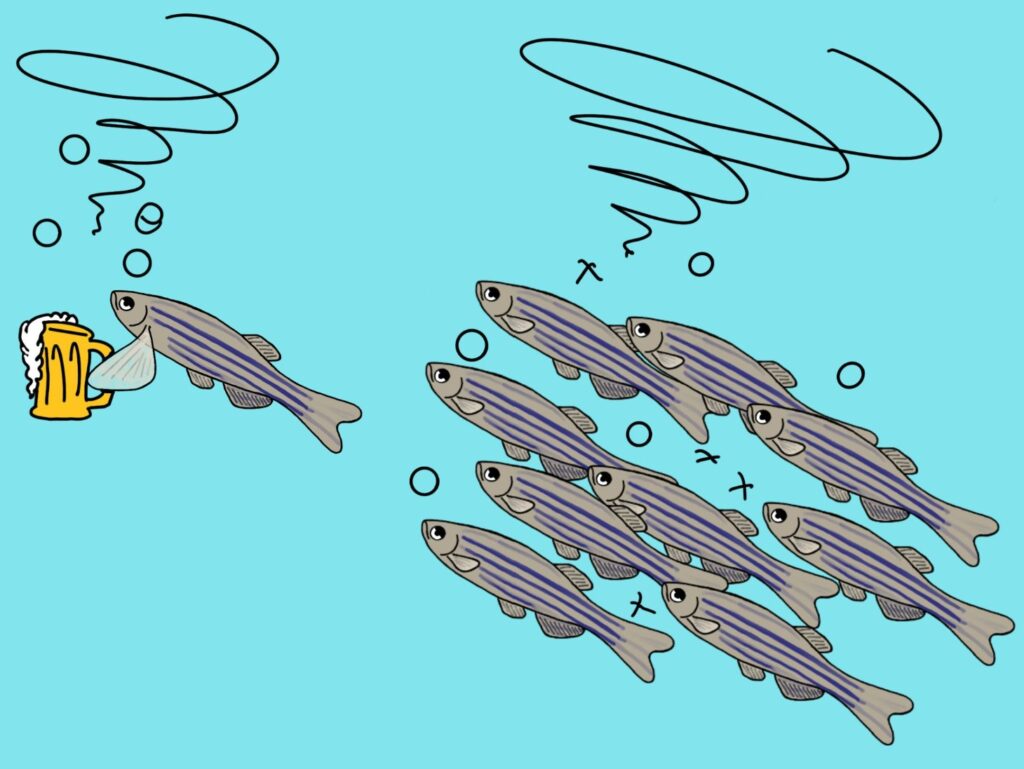
Alcohol and alcoholism represents a major concern for public health. Each year, more than 3 million deaths are caused by excessive alcohol consumption (1). Drinking has become a regular part of going out with friends and family. Drinking alcohol not only influences the behaviour of consumers, but also their metabolism, and it is not without […]
Automating the sorting of Xenopus oocytes and embryos
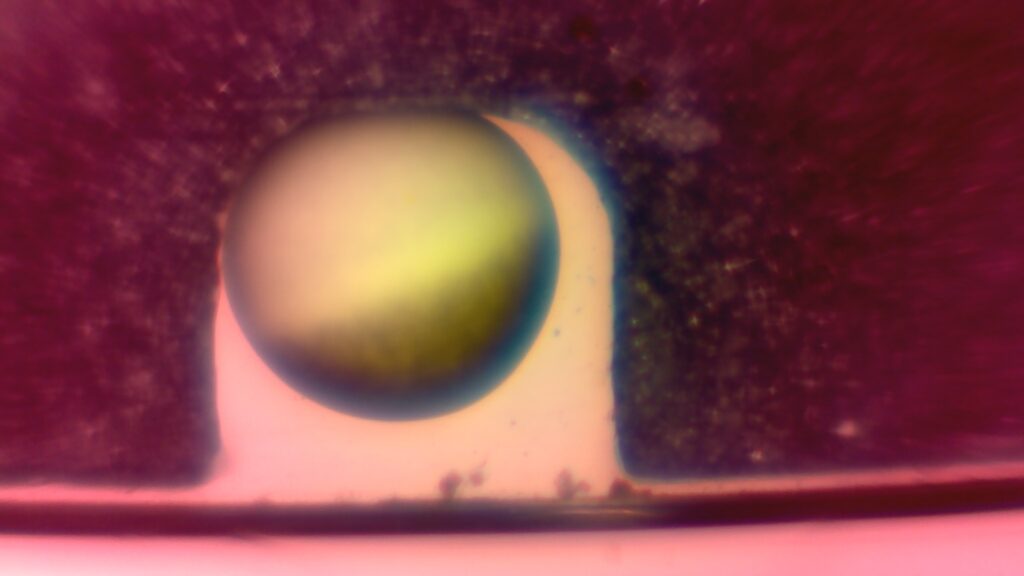
Xenopus laevis is the scientific name of the African clawed frog. This species is native from southern Africa and inhabits slow moving water or stagnant ponds. Its facility to adapt to different environments and conditions makes it considered as an invasive species in Europe, North America and South America (1). The consequence of its invasiveness […]
Virtual reality to study the zebrafish brain
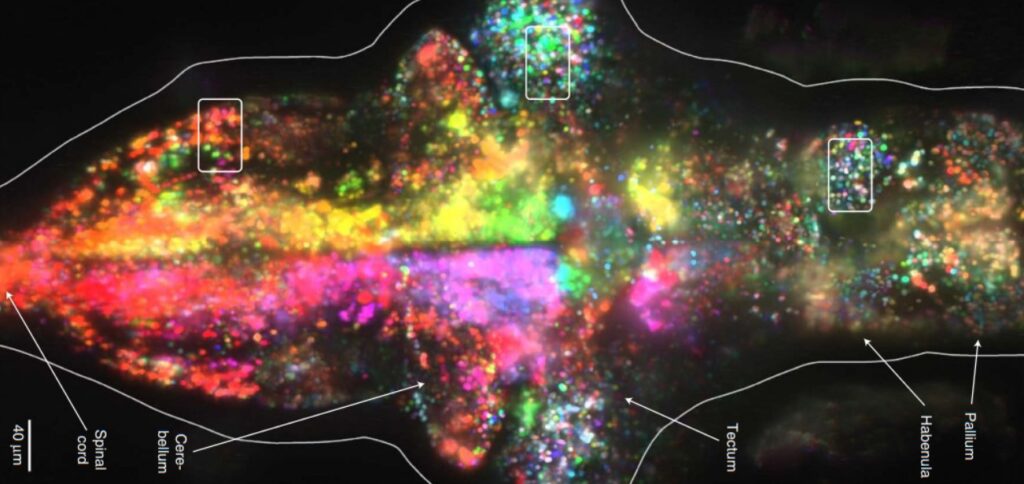
Virtual reality games are becoming increasingly popular. They allow users to fully immerse themselves in another, virtual world. Did you know that virtual reality systems are also used in research ? It is the case in the study of the brain and its mechanisms. This article is going to explain how it is possible to […]
Perception of seasonality in zebrafish
Summer is here and we can enjoy the long days. Longer days allow us to be more active and can give us more energy. But what about animals? Do they perceive the changing of the seasons? This month we are going to discover how zebrafish perceive environmental changes such as light and temperature. Natural range […]
The AquaSorter, a solution to automate the screening and sorting of fish eggs for the aquaculture industry
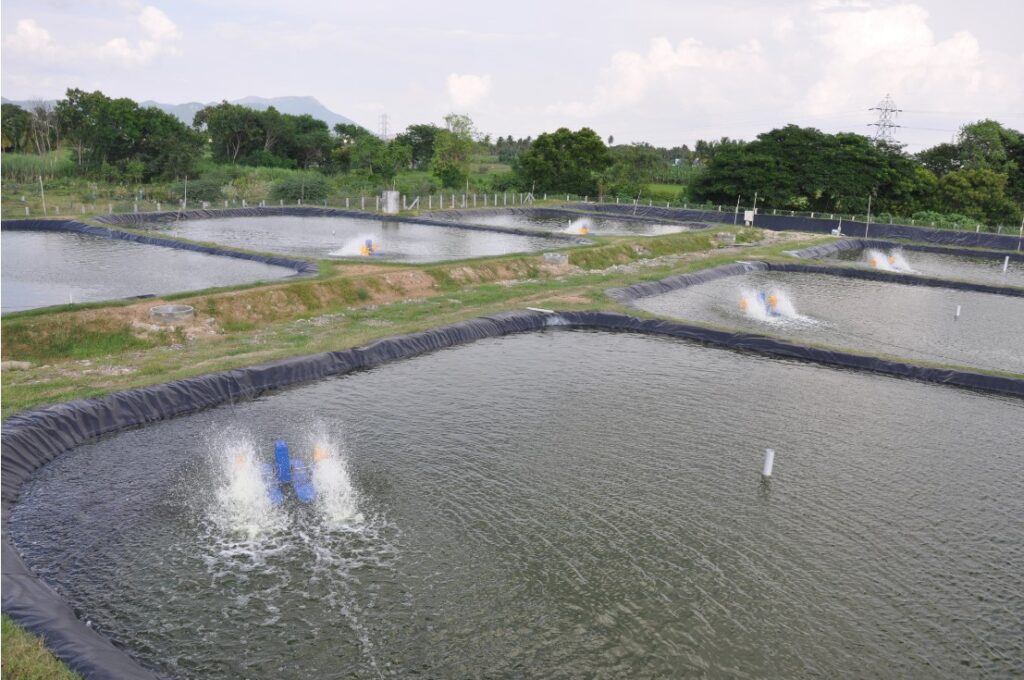
This month’s article will target the amazing news that we received in May! Bionomous was selected to receive the support of Innosuisse in the frame of the Swiss Accelerator. Our project AQUASORTER (Automation and QUAlity SORting Tools for thE aquacultuRe industry) will receive the necessary funding to adapt our current technology for the fish farms […]
Zebrafish as a model in Parkinson’s disease
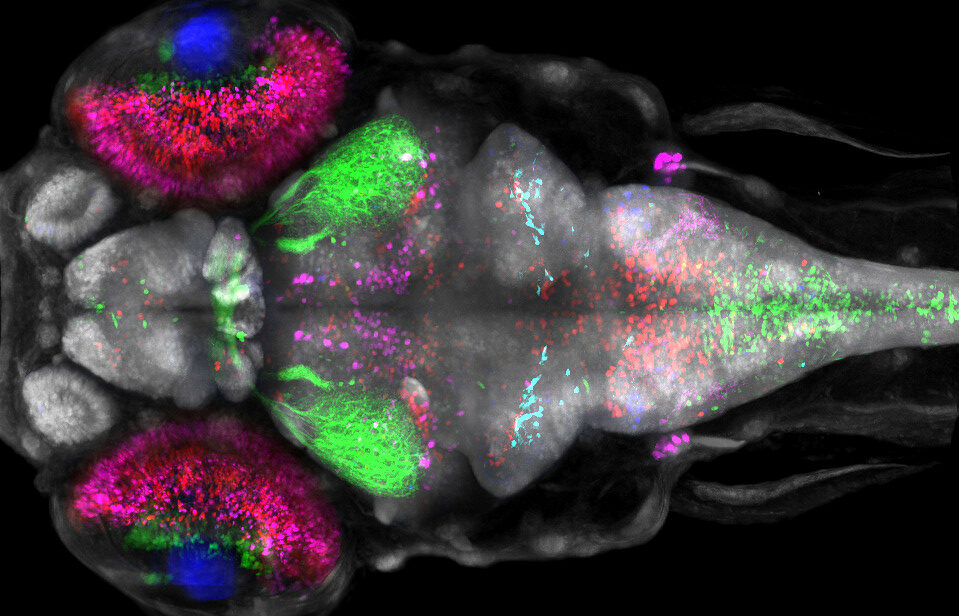
April is Parkinson disease awareness month and for this reason, we decided to talk about zebrafish and this neurodegenerative disease. By their numerous advantages as a model organism, zebrafish show us one more time that they are relevant in neurotoxicity studies and neurodegenerative disorders. The prevalence of Parkinson disease has increased over the past 25 […]
Fifth in the series : Prof. Janet Heasman
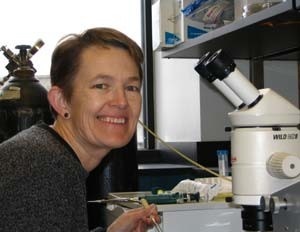
For the last week of March and as the end of our mini-series, we are pleased to present Prof. Janet Heasman. She has dedicated her career to vertebrate development using Xenopus laevis as a model. Biography Her contribution to Xenopus science Conclusion References Biography Janet Heasman was born in Hartlepool, England (1,2). She attended University […]
Fourth in the series : Hilde Mangold
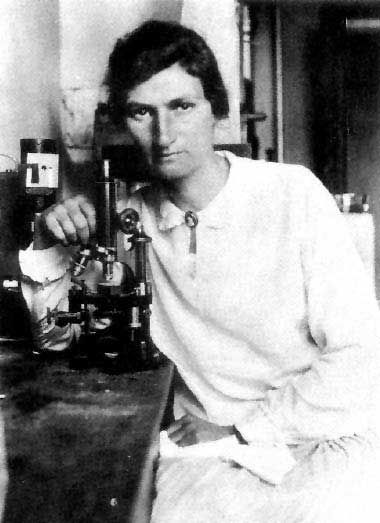
To continue the March series of articles on women, we are pleased to introduce a woman who greatly contributed to the understanding of cell fate in the development of amphibian embryos, such as Xenopus laevis. This woman is Hilde Mangold, a German biologist of the early 20th century. Biography Hilde Mangold’s contribution to the concept […]
Third in the series : Dr. Sharon Amacher
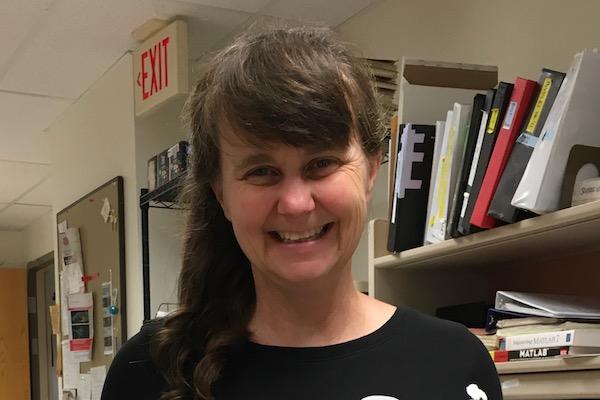
For the third week of our special Women’s month, we are going to present to you Dr. Sharon Amacher, an American scientist who dedicates her research to understanding muscle development, patterning and disease. Biography Her contribution to zebrafish research Conclusion References Biography Sharon Amacher completed her entire academic studies in the United States. She first […]